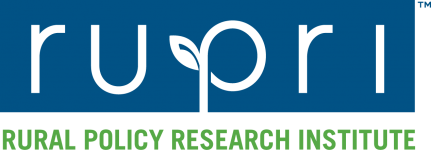The RUPRI Center for Rural Health Policy Analysis has released a brief, 2016 Rural Enrollment in Health Insurance Marketplaces, by State. The data shows that about half of all states had higher enrollment growth in non-metropolitan areas than metropolitan areas.
In this brief, cumulative county-level enrollment in Health Insurance Marketplaces (HIMs) through March 2016 is presented for state HIMs operated as Federally Facilitated Marketplaces (FFMs) and for those operated as Federally Supported State-Based Marketplaces (FS-SBMs). Enrollment rates in metropolitan and non-metropolitan areas of each state, defined as the percentage of “potential market” participants selecting plans, are presented. Results show that estimated enrollment rates varied considerably across the United States. In particular, estimated enrollment rates in non-metropolitan areas were substantially higher than in metropolitan areas in Hawaii, Illinois, Michigan, Montana, Maine, Nebraska, Wisconsin, and Wyoming. About half of all states, evenly distributed by Medicaid expansion status, had higher enrollment growth in non-metropolitan areas from 2015 to 2016, and in fact, aggregated non-metropolitan growth was greater than metropolitan growth in both expansion categories. Monitoring annual enrollment rates provides a gauge of how well state outreach and enrollment efforts are proceeding and helps identify states with strong non-metropolitan enrollment as models for other states to emulate.


